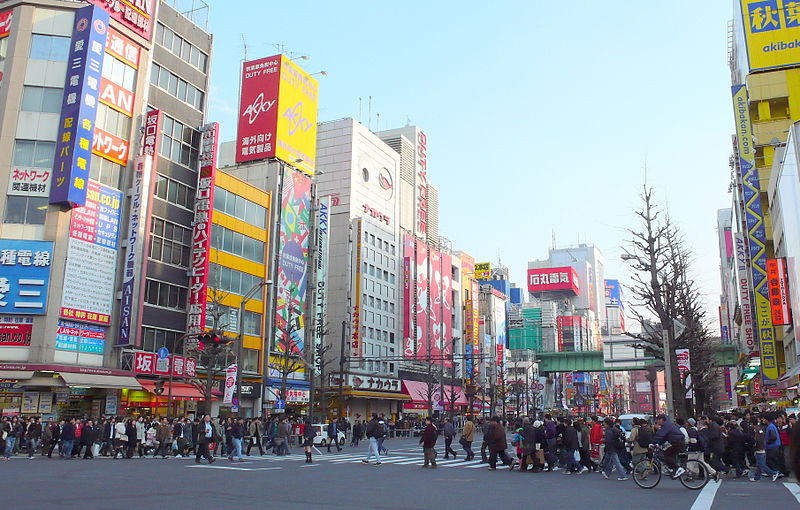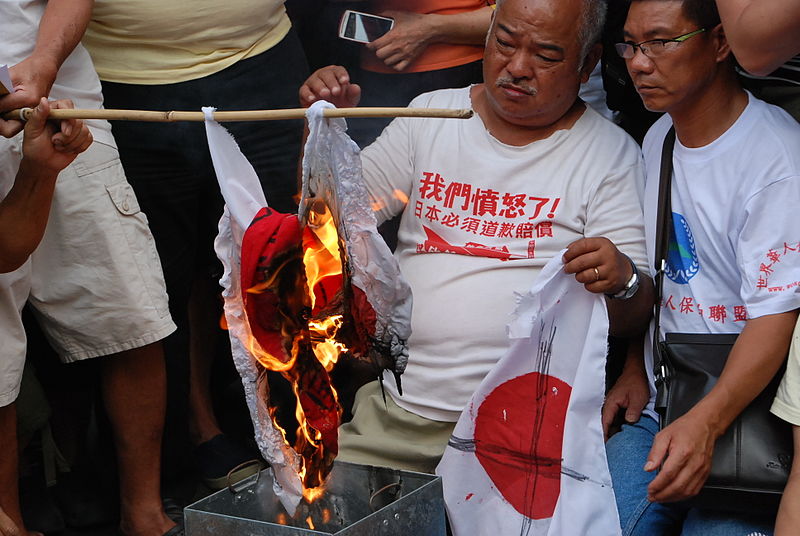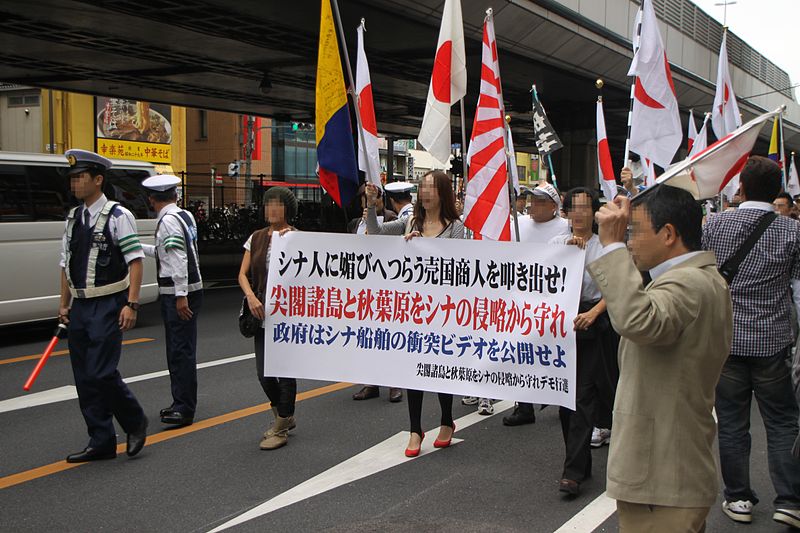



Japan-China Joint Statement
It consists of the preamble and the text of nine items and acknowledges that Taiwan is part of China, acknowledging the wishes of both citizens, reflection on war, normalizing diplomacy, that there is only one Chinese government, Establishment of diplomatic relations, abandonment of war compensation, confirmation of the principle of peace five principles and the Charter of the United Nations, opposition to hegemonism, negotiations on negotiations to conclude the treaty of peace and friendship, agreement on trade, shipping, aviation, fishery The negotiation agreement for is described.
Treaty of Peace and Friendship between Japan and China
It consists of the preamble and the text of 5 items and has basically inherited the Japan - China Joint Statement. Article 1 stipulates mutual respect of sovereignty and territories, mutual inviolability, mutual insurgency non-interference, anti-hegemony under Article 2, efforts to develop economic and cultural relations between the two countries under Article 3, Article 4 It describes the relationship between this treaty and the third country.
Yasukuni Shrine official worship issue
China and South Korea are opposing issues that politicians and others are official worshipers to the Yasukuni Shrine, which are enshrined war dead such as the Pacific War.

Signing
In the event that the content of treaties, agreements, etc. is confirmed, the representative of the relevant party concerned shall sign the official document.

There are many Chinese tourists visiting Japan every year, and it has a positive influence on the Japanese economy to the extent that the word "Bakugai" is made.Looking at this way, both countries seem to see good relations, but there are also bad aspects. For example, 92% of Japanese and 77% of Chinese who answered according to NPO法人言論NPOによる「第12回日中共同世論調査」 hate each other.
The new anti-Japanese demo of 2010 occurred for the reason that the Japan Coast Guard patrol boat and the Chinese fishing boat collided off the Senkaku Islands. The contents of the demonstration include destruction activities to Japanese department stores, Japanese product boycotting campaigns, and Japanese cars being destroyed.In response to this, in Japan domestic anti-midfielder demonstrations were carried out by people of the right wing, and relations between the two countries became worse.
 By VOA [Public domain],
By VOA [Public domain],
 By 多摩に暇人 (Own work) [CC BY-SA 3.0],
By 多摩に暇人 (Own work) [CC BY-SA 3.0],
So why did they get along like this so far?
According to the previous survey, the following reasons are mainly cited. (In descending order from the top)
Up to this point, although bilateral relationships that only bad points have become conspicuous, there are also some respects that mutually respect, such as China's long history and the diligent attitude of the Japanese people.In addition, it seems that 70% of the respondents in both countries feel the necessity of improving relations.
This would indicate that the relationship between the two countries will be better depending on the ingenuity.

 Senkaku Islands Dispute
Senkaku Islands Dispute